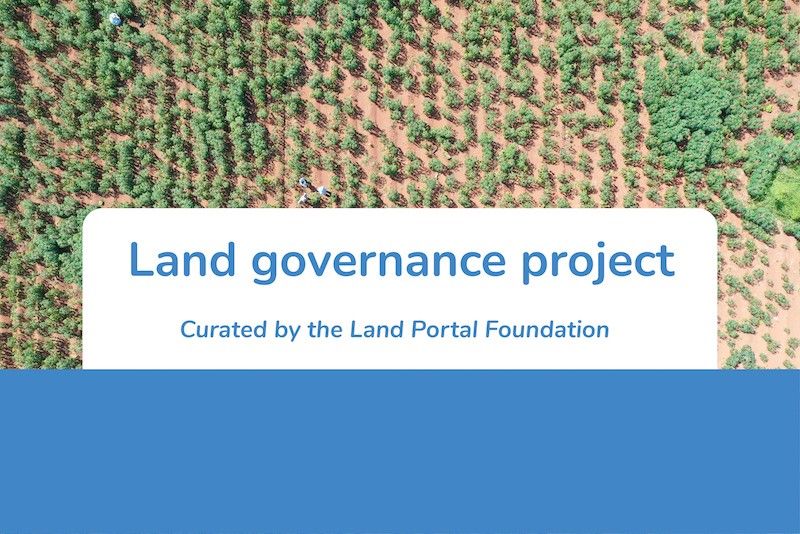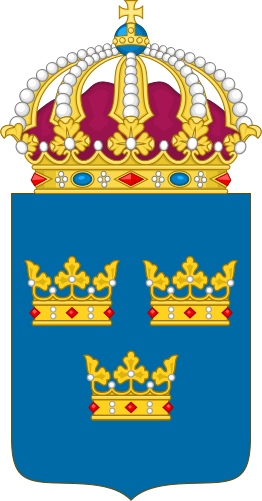Community / Land projects / ZOA Sudan project ”Sustainable Integrated Development Approach"
ZOA Sudan project ”Sustainable Integrated Development Approach"

€5692458.299
10/18 - 05/22
Completed
This project is part of
Implementing Organisations
Donors
Data Providers
General
The organisation ZOA International has applied to Sida for funding of 60,3 million SEK to carry out the project "Sustainable Integrated Development Approach" in four states in Sudan during the period 2018-2021. The project aims is to strengthen the resilience of people living in Darfur (North, South and West) and Gedaref states. The project has four outcomes: 1) Improved conditions for peaceful and inclusive societies at the local level, including land rights; 2) Increased sustainable management of water resources, and increased access to water; 3) Increased capacity on local levels to sustainably manage and protect natural resources and prevent environmental degradation, and 4) Increased sustainable agricultural productivity and improved food security. Community participation committees will be used to manage the scarce natural resources (such as water) to avoid conflicts. Through Integrated Water Resource Management (IWRM) the program aims to create a well-reasoned balancing of water needs with water availability and to improve communities planning and management of water usage for specific areas, communities, including both pastoralists and farmers in this planning and management process. The same approach will be used for managing local forests as a source of firewood. ZOA will implement the contribution in a consortium with SOS Sahel and World Relief. The contribution’s total budget is 60,3 million SEK and approximately 40% of the contribution budget will be forwarded from ZOA to the other two consortium partners.
Objectives
The aim of the project "Sustainable Integrated Development Approach" is to strengthen the resilience of people living in Darfur (North,South and West) and Gedaref states. These areas are water catchment areas that have been identified as especially needy in terms of water scarcity but with potential to improve because of these being water "gathering" areas (where water flows into a "catchment" area). The selected states also corresponds to Sida's/OCHA's analysis of areas most vulnerable/at risk. Community participation committees will be used to manage the scarce natural resources (such as water) to avoid conflicts. Through Integrated Water Resource Management (IWRM) the program aims to create a well-reasoned balancing of water needs with water availability and to improve communities planning and management of water usage for specific areas, communities, including both pastoralists and farmers in this planning and management process. The same approach will be used for managing local forests as a source of firewood. The project has four outcomes: 1) Improved conditions for peaceful and inclusive societies at the local level, including land rights; 2) Increased sustainable management of water resources, and increased access to water; 3) Increased capacity on local levels to sustainably manage and protect natural resources and prevent environmental degradation, and 4) Increased sustainable agricultural productivity and improved food security. Activity summaryOutcome 1:- Capacity building of local organisations and committees on conflict resolution and building of trust- Strengthen land right systems at Locality level- Capacitate local organisation and committees on resolving issues related to land rights Outcome 2:- Establishment and training of Integrated Water Resources Management (IWRM) Committees in targeted catchment areas- Development of Water Resources Management Plans (WRMPs)- Construction of groundwater recharge infrastructure- Rehabilitation and/or construction of water supply infrastructure for people, livestock and crops Outcome 3:- Strengthen the capacity of local committees to manage natural resources- Improve corridor management- Increase the understanding of local communities on environmental degradation- Pilot environmental friendly alternatives for cooking and lighting on community level (this includes the provision of income generating activities (IGAs) for women)- Set up of tree seedling nurseries Outcome 4:- Set up of farmer field schools- Stimulate diversified crop production (including irrigated systems)- Set up of seed banks- Distribution of intermediary technology equipment to farmers groups- Organize farmers in associations and connect them to the private sector and other relevant bodies (microfinance, insurance, government entities) In regards to reporting, the baseline in any new geographical area cannot be done until permission to work in the areas is obtained from HAC, the Sudanese Humanitarian Aid Commission. This can only be applied for once there is an agreement in place. Baseline from the geographical areas where the partners have been working already exists, which in some cases is close the to proposed sites for this intervention. Anchoring their work with local governments will be very important for the success and eventual sustainability of the project. Dialogue questions to follow up on during review meetings, field visits, etc: - Outcome 1: Regarding Land Rights, a possible contact with various actors working in this area such as Swedish Land Survey (Lantmäteriet) and UN-Habitat in Sudan. Explore the possibility to include Sudan in an upcoming ITP programme under CAPDEV strategy. - Outcome 2 and 4 - water harvesting infrastructure should be of interest and there are good examples (successful low-tech infrastructure) to learn from.- For output 3.3 ZOA should develop an e-waste management strategy if the proposed feasibility study on use of domestic solar is put into practice- Close follow-up on the fuel efficient stoves is recommended- Explore the possibility with ZOA to base their indicators on SDG targets (1,2,5,6,13 and 16)- Follow how they build on humanitarian work/resilence. Overall a very ambitious, comprehensive and well-thought through multi-sectoral project with a needs-based and community-driven program approach. Aside from the dialogue questions which require more consistent follow-up, several aspects of the program need to be further developed during the inception phase and again reviewed by experts at Sida (See comments from Plan Appraisal meeting 2018-09-04). The Inception Phase which will end by 30 April 2019, will provide Sida with an updated budget and log frame. Sida assesses that during the Inception phase, the Consortium has a good possibility of setting realistic and attainable objectives. Documentation and information from other programs carried out by ZOA and their partners indicate a high level of confidence in their work and a good level of achievement.



